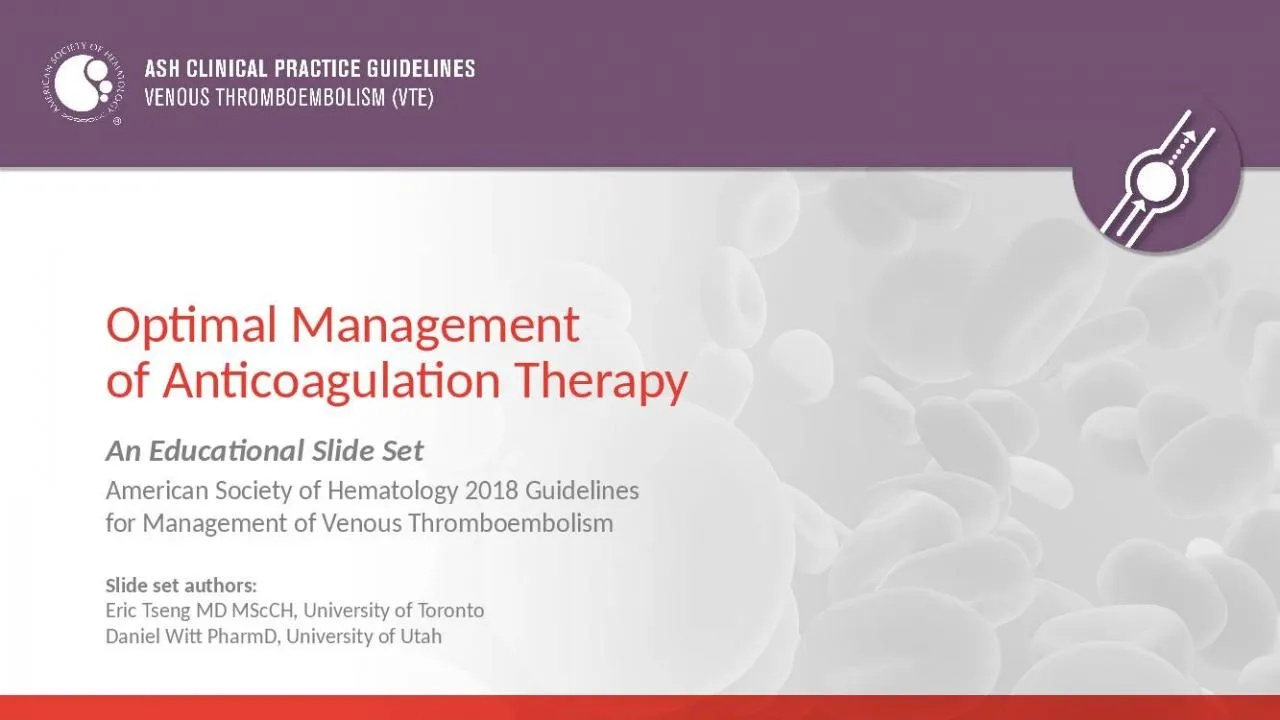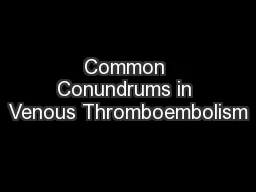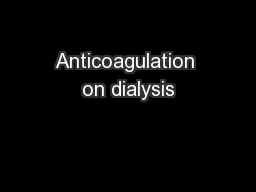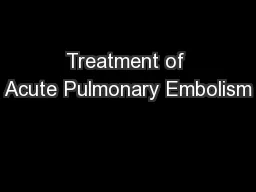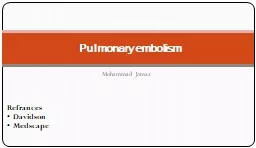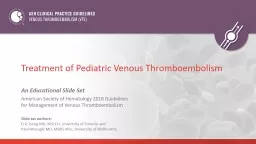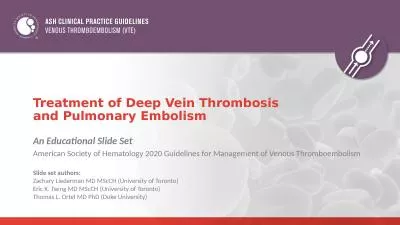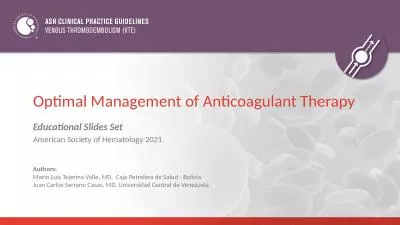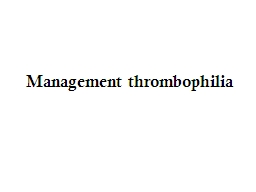PPT-Optimal Management of Anticoagulation Therapy
Author : mia | Published Date : 2022-02-15
An Educational Slide Set American Society of Hematology 2018 Guidelines for Management of Venous Thromboembolism Slide set authors E ric Tseng MD MScCH University
Presentation Embed Code
Download Presentation
Download Presentation The PPT/PDF document "Optimal Management of Anticoagulation T..." is the property of its rightful owner. Permission is granted to download and print the materials on this website for personal, non-commercial use only, and to display it on your personal computer provided you do not modify the materials and that you retain all copyright notices contained in the materials. By downloading content from our website, you accept the terms of this agreement.
Optimal Management of Anticoagulation Therapy: Transcript
Download Rules Of Document
"Optimal Management of Anticoagulation Therapy"The content belongs to its owner. You may download and print it for personal use, without modification, and keep all copyright notices. By downloading, you agree to these terms.
Related Documents

